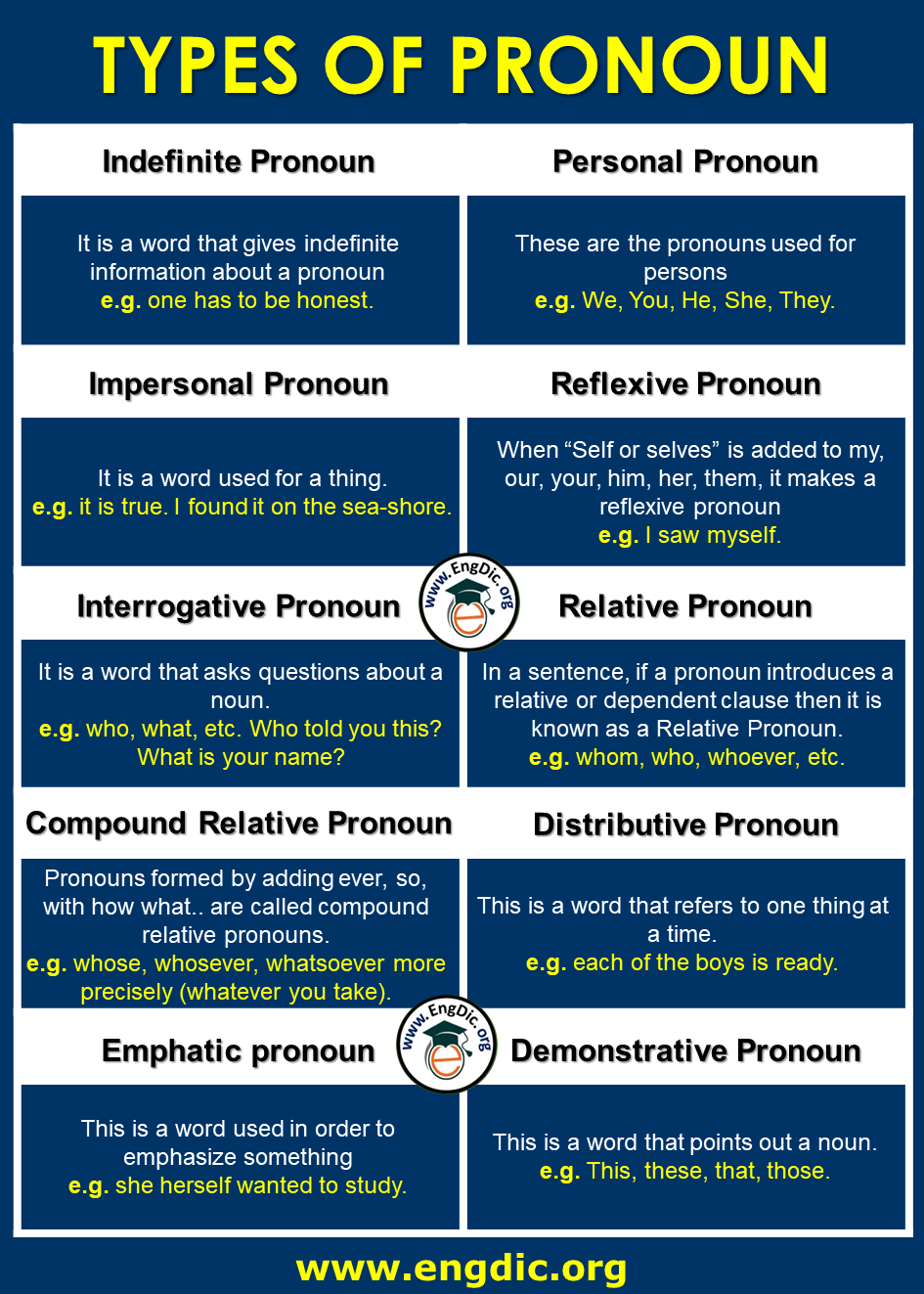
Many of these pronouns may be new words to you or may be words you have heard that are repurposed. Many sets of gender inclusive pronouns exist and are commonly used among trans* and other communities. Common English examples include: īeyond the Binary: Applying Gender Pronouns What are gender inclusive pronouns? Pronouns are improper nouns that we use to refer to people without using their names. See How to Add Pronouns to Your Zoom Name (PDF). As you are entering the Zoom space, consider adding your pronouns to help normalize sharing them in a way that halts assumptions and invites people into the community. With COVID-19 leading to faculty, staff, and students transitioning to virtual experiences, Zoom is becoming a shared space for people to meet, connect, and learn with one another. For any questions or suggestions for future pronoun options, please reach out to Nat Hilterbrand or Travis Tucker. Beginning in Fall 2022, a number of pronoun options will be available for students to select and will be viewable from their Canvas personal page. Providing opportunities for students in the Washington University community to choose their own pronouns is essential in ensuring our community feels welcomed and seen. This simple effort can make a profound difference in a trans* person’s experience of safety, respect, and support. In order to affirm each person’s gender identity, life, and experience, it is important that we ask and check in with others about pronouns.

However, this gendered language has an impact on the lives of trans* people and others who seek to live beyond the confines of gender binaries. We are often taught gender pronouns as tools early in life in Phonics or language classes, and we may not think about them as we use them throughout the day.


 0 kommentar(er)
0 kommentar(er)
